Autoclaved aerated concrete (AAC) is a lightweight, precast, foam concrete building material suitable for the production of concrete masonry unit (CMU) blocks composed of quartz sand, calcined gypsum, lime, cement, water, and aluminum powder, AAC products are cured under heat and pressure in an autoclave.
Cellular concrete is moistened through steam at atmospheric temperatures, although high-pressure steam curing is used in autoclaves.
Here we will learn about autoclaved aerated concrete, advantages & disadvantages of autoclaved aerated concrete.
Introduction to Autoclaved aerated concrete:
The masonry unit is formed by cutting the soft core mass & the steel is embedded in the AAC with pre-chemical treatment to protect it from corrosion.
The density of AAC varies from 300 to 1000 with apparent density varying from 350 kg /m3.
It can be used as a load-bearing construction material.
Advantages of Autoclaved aerated concrete:
The major advantages of AAC are listed below:
1. Energy Saver:
This is an excellent property that makes it an excellent insulator means that the internal environment is easy to maintain.
It usually does not require any supplemental insulation when it is used.
2. Non-Toxic:
Autoclave aerated concrete does not contain any toxic gases or other toxic substances.
It does not attract rodents or other pests nor is it damaged.
3. Accuracy:
Panels and blocks made of autoclaved aerated concrete are produced to the exact size required before leaving the factory.
There may be very less need for on-site trimming since blocks and panels fit so well collectively, there is a reduced use of ending materials such as mortar.
4. Long-Lasting:
The life of this materials is extended because it is not affected by excessive climate or excessive changes in climate circumstances.
It will not degrade even under regular local weather changes.
5. Lightweight:
Concrete blocks which can be made by the weight of ACC are about one-third of concrete.
They are also produced in sizes which can be simple to handle for quick construction.
6. Environmentally Friendly:
When it is used it reduce environmental waste by at least 30%, as opposed to going with conventional concrete to reduce greenhouse gasoline emissions by 50%.
When possible, using AAC is a better choice for the environment friendly.
Disadvantages of Autoclaved aerated concrete:
The major disadvantages of AAC are listed below:
- The manufacturing price per unit for ACC is larger than other common concrete.
- The variety of manufacturers is proscribed, so the price will likely be drastically increased in places farther from the manufacturer might want to travel with distance.
- It is as sturdy as conventional concrete.
- Very few contractors who are familiar with AAC.
- Construction with this concrete could require particular permission.
Uses of Autoclaved Aerated Concrete:
- AAC is an extremely thermal insulating concrete-based material used for both interior and exterior construction.
- It is well suited to high-rise buildings and urban areas with excessive temperature variation.
- Due to the low density, the construction of high-rise buildings using AAC requires much less metal, and the concrete is reduced because the variety of joints for structural member’s blocks is reduced.
- Due to the dimensional accuracy of AAC, the material required for rendering might also be decreased.
- However, common cement mortar can be used in most buildings wherein AAC materials use skinny bed mortar.
Also read: Reinforced Cement Concrete, Roller Compacted Concrete & Polymer Concrete
Conclusion:
Autoclaved aerated concrete is defined as a lightweight concrete produced by mixing a fine grain siliceous aggregate and an inorganic binder using a pore-forming agent that reduces the density and high-pressure steam curing process that has high mechanical strength.
It is an economical product used in construction, where a building is specifically designed in modules to accommodate the dimensions of the product.

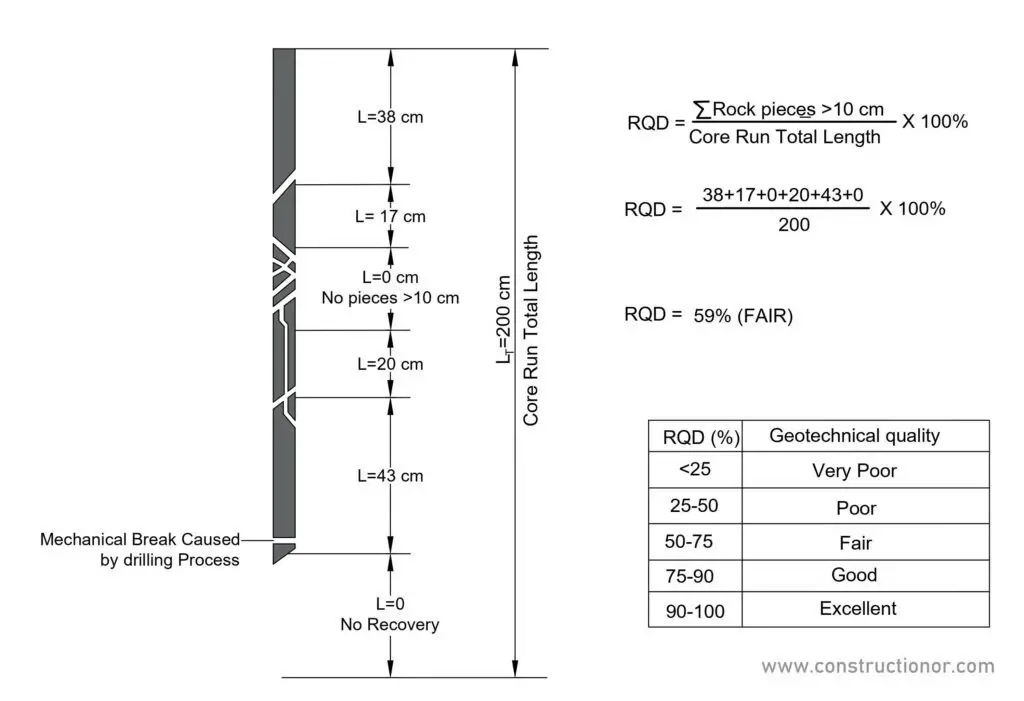



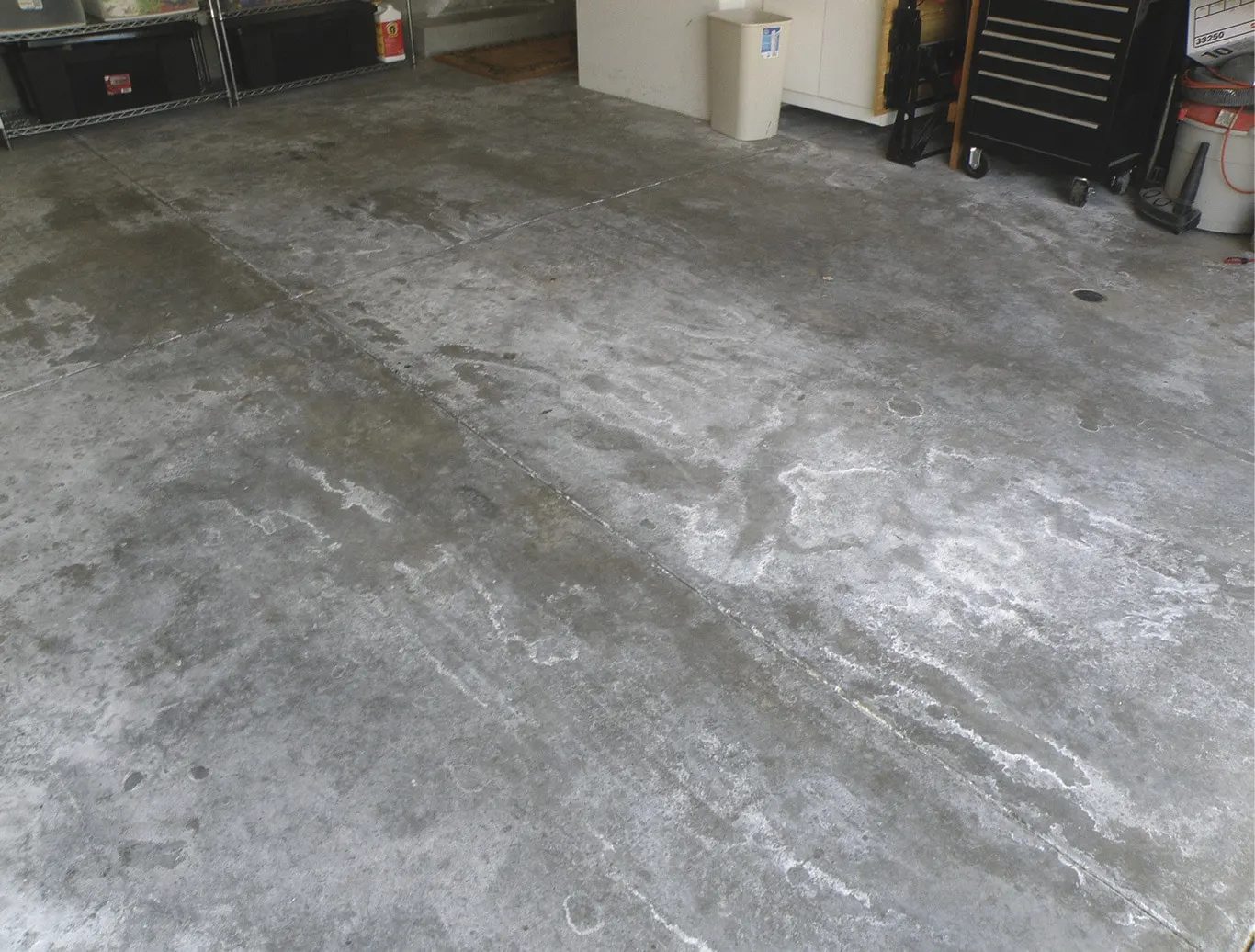
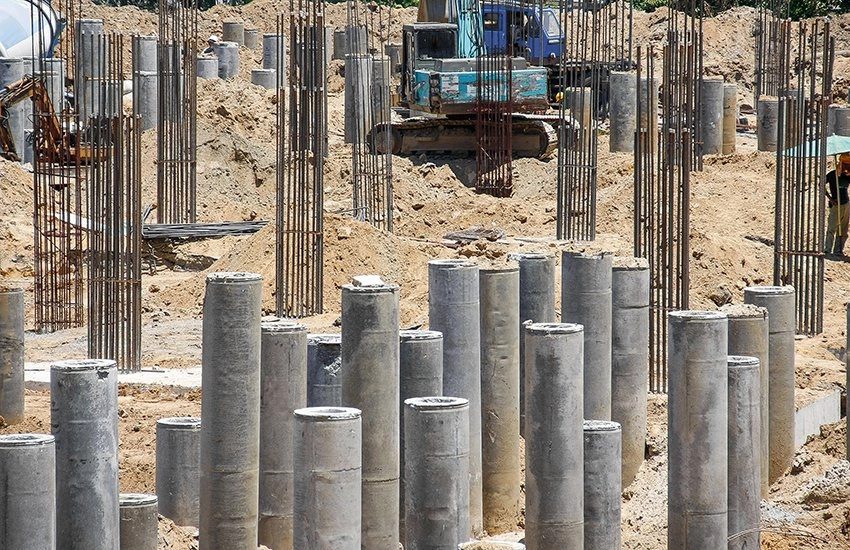

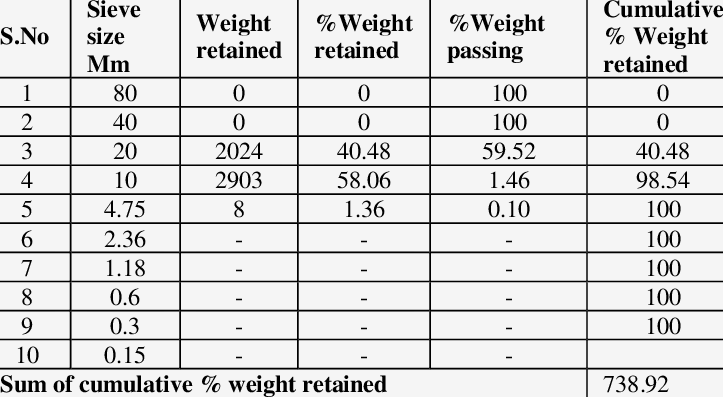
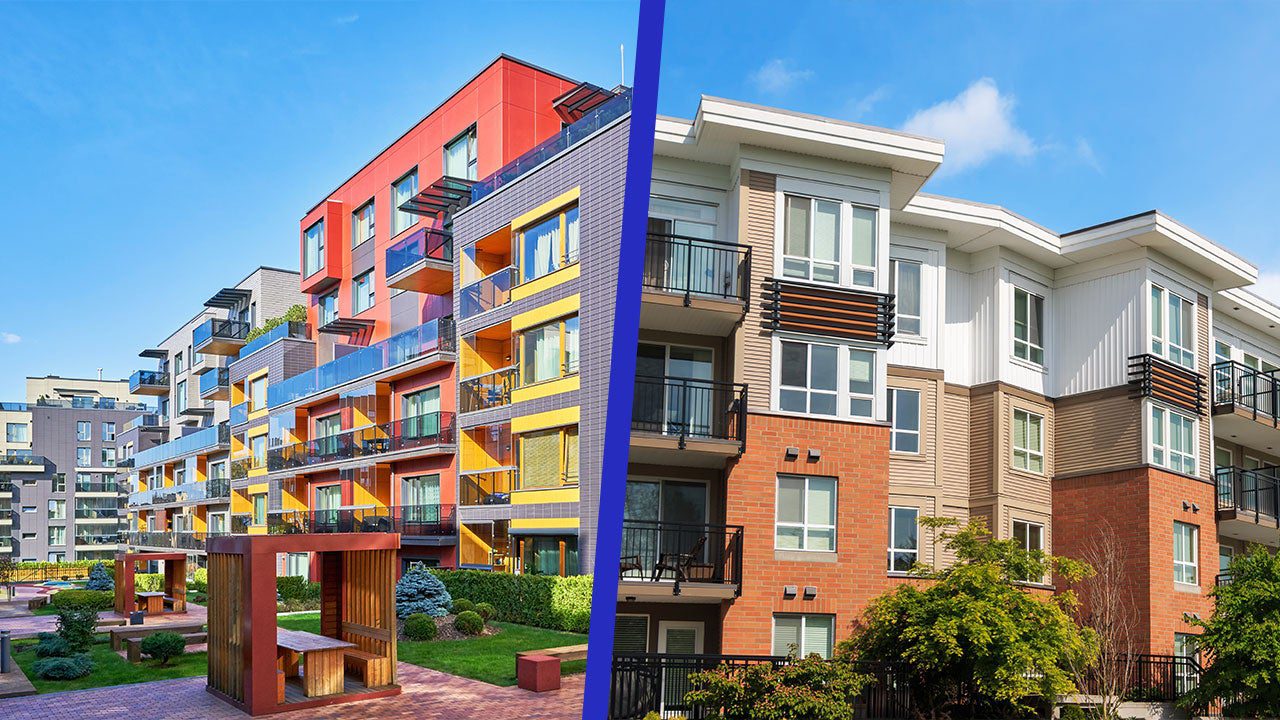
thanks for sharing this useful info on aac blocks, keep sharing more.